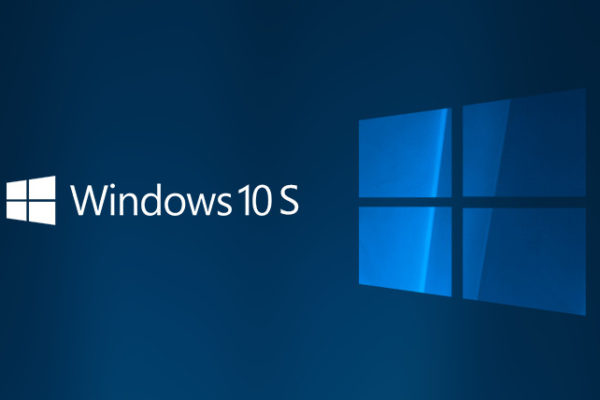Recent statistics have revealed that the percentage of Chrome users who loaded a page containing Flash content, at least one time a day, has gone down from a whopping 80 per cent back in 2014 to under 8 per cent today.
These statistics pertaining to the declining Flash numbers was shared by Parisa Tabriz, who is the current Director of Engineering for Google. Tabriz made the revelation during a keynote speech that she was delivering just last week at the Network and Distributed System Symposium held in San Diego.
Tabriz, who is a key figure for managing security at Chrome, was talking about Chrome’s evolution as a web platform that prioritized security when she made this revelation. Naturally, she was bound to mention Flash during her keynote because of how well the management at Chrome have prepared for its eventual demise in 2020.
Adobe to End Flash by 2020
Flash’s demise on Google’s web platform and the world of technology was something that could have been expected. This was due because of Adobe’s announcement to stop supporting the media player by the end of 2020.
This big drop in the percentage of people experiencing Flash on their web platforms can be explained by the fact that most video streaming portals and advertising networks have now moved towards the more profitable option of HTML 5 over Flash. This has meant that most people browsing through the internet can often go through days without encountering a website that is powered through Flash.
Chrome 87 to Completely Remove Flash
For Chrome users this means that the Chrome 87, which is expected to be released by December 2020, will be completely free of any Flash related objects. However, starting from July of 2019 Flash will get disabled as per default settings; meaning users will now have to go to their settings and enable the plug-in before even experiencing the current click-to-run state. The reduction in Flash’s usage has not been Chrome’s only success in the past few days as the web platform also recently revealed that 78% traffic on Chrome OS was now being sent through HTTPS. Which is a major success over other competitors.



